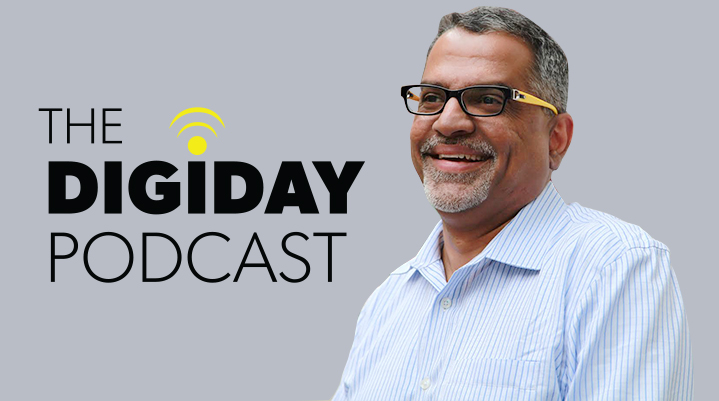Save 50% on a 3-month Digiday+ membership. Ends Dec 5.

Gizmodo Media Group, now operating under Univision, has eight media brands, with six comprising the former Gawker Media properties left after that company’s bankruptcy and sale.
Raju Narisetti, brought in from News Corp to run the group, saw strength in its loyal audience — and diversified business model. Of note: Gizmodo expects revenue to be up 30 percent this year, with 25 percent of that coming from commerce transactions driven by affiliate partnerships.
“There’s a reason The New York Times spent $30 million on Wirecutter,” Narisetti said on this week’s Digiday Podcast. “The biggest lesson for us is content-led commerce is the only way for media companies to make commerce work. The commerce needs to follow interesting content. That gives the rationale for people to transact.”
Below are highlights from the discussion, edited for clarity.
The Gawker ethos lives on
“You have a collection of sites that have a common thread. The origin was Gawker. The journalism and the ability to call things as they see it but have a little bit of fun, and a little bit of attitude, and not talk down to young people is the common through all these sites.”
“Gawker and its legacy will always be part of these sites and its journalists.”
Ad position: web_incontent_pos1
Facebook has obliterated scale as a media differentiator
“The reality is that the leverage that scale brings is dead because when you have someone like Facebook sitting at 1.9 billion. Even if you go to an advertiser and say you have 100 million, they’ll say someone is at 300. If you go to 300, they’ll say someone is at 500. And if you get to 500, they’ll say, well, there is Facebook.”
Gizmodo instead focuses on “smart scale”
“We are a branded house. There are a lot of companies that are really great but there’s not a lot of connection between the brands. What we see as different is there’s a lot of flow through of the same 18- to 34-year-old reader across our brands. Last month, I had 96 million unduplicated visitors across my sites. That’s big. That’s bigger than Vice, Vox, BuzzFeed, Conde Nast, Hearst, New York Times, Wall Street Journal and Washington Post. But what we also have is an audience that also seems to enjoy all of our offerings and consume a lot of it fairly seamlessly and spend a lot of time with us. We can say we have scale but, more than that, we have a group of readers that you want to reach and enjoy these topics.”
Gizmodo wants a balanced revenue model
“Media companies need three to six sources of revenue. There’s always going to be display. There’s going to be programmatic. There’s going to be subscriptions, events and commerce. We don’t have subscriptions yet but we have everything else.
Video hasn’t been a priority
“There wasn’t a consistent output to make it into a business. We’ve combined the Fusion team and are in the process of hiring 16 editors and shooters for video. It will be a 50-person team The challenge will be to have more of the views on the owned and operated sites rather than play the Facebook game.”
More in Media

Digiday+ Research Subscription Index 2025: Subscription strategies from Bloomberg, The New York Times, Vox and others
Digiday’s third annual Subscription Index examines and measures publishers’ subscription strategies to identify common approaches and key tactics among Bloomberg, The New York Times, Vox and others.

From lawsuits to lobbying: How publishers are fighting AI
We may be closing out 2025, but publishers aren’t retreating from the battle of AI search — some are escalating it, and they expect the fight to stretch deep into 2026.

Media Briefing: Publishers turn to vertical video to compete with creators and grow ad revenue in 2026
Publishers add vertical video feeds to their sites to boost engagement, attract video ad spend and compete with news creators.
Ad position: web_bfu